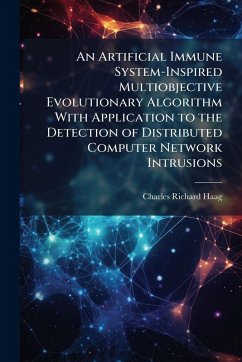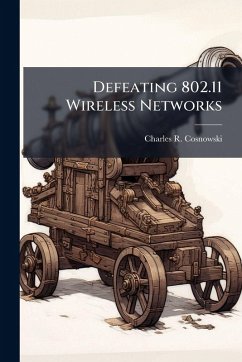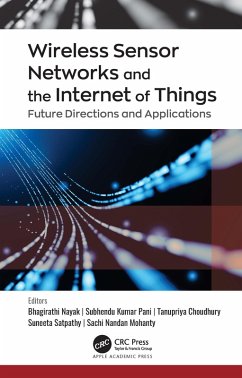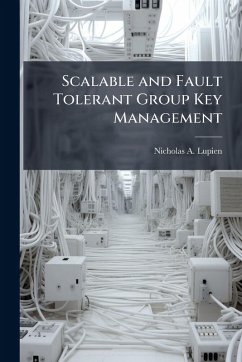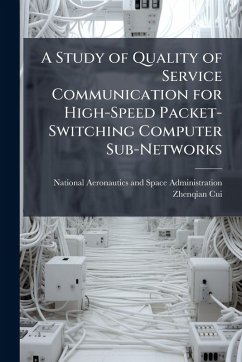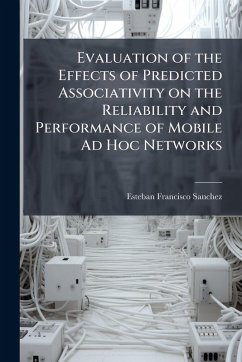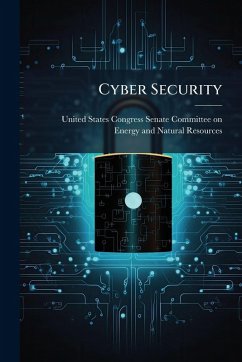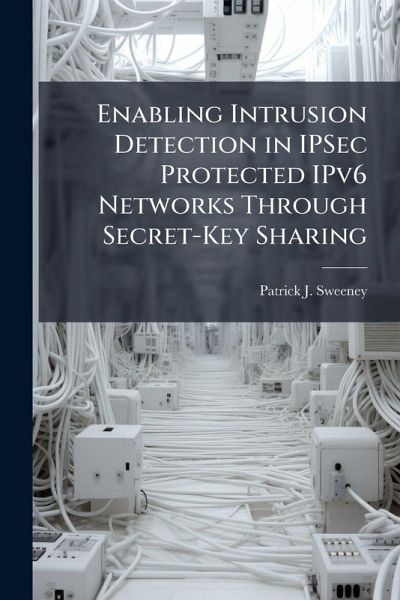
Enabling Intrusion Detection in IPSec Protected IPv6 Networks Through Secret-Key Sharing

PAYBACK Punkte
8 °P sammeln!
As the Internet Protocol version 6 (IPv6) implementation becomes more widespread, the IP Security (IPSec) features embedded into the next-generation protocol will become more accessible than ever. Though the networklayer encryption provided by IPSec is a boon to data security, its use renders standard network intrusion detection systems (NIDS) useless. The problem of performing intrusion detection on encrypted traffic has been addressed by differing means with each technique requiring one or more static secret keys to be shared with the NIDS beforehand. This work has been selected by scholars ...
As the Internet Protocol version 6 (IPv6) implementation becomes more widespread, the IP Security (IPSec) features embedded into the next-generation protocol will become more accessible than ever. Though the networklayer encryption provided by IPSec is a boon to data security, its use renders standard network intrusion detection systems (NIDS) useless. The problem of performing intrusion detection on encrypted traffic has been addressed by differing means with each technique requiring one or more static secret keys to be shared with the NIDS beforehand. This work has been selected by scholars as being culturally important, and is part of the knowledge base of civilization as we know it. This work was reproduced from the original artifact, and remains as true to the original work as possible. Therefore, you will see the original copyright references, library stamps (as most of these works have been housed in our most important libraries around the world), and other notations in the work. This work is in the public domain in the United States of America, and possibly other nations. Within the United States, you may freely copy and distribute this work, as no entity (individual or corporate) has a copyright on the body of the work. As a reproduction of a historical artifact, this work may contain missing or blurred pages, poor pictures, errant marks, etc. Scholars believe, and we concur, that this work is important enough to be preserved, reproduced, and made generally available to the public. We appreciate your support of the preservation process, and thank you for being an important part of keeping this knowledge alive and relevant.



